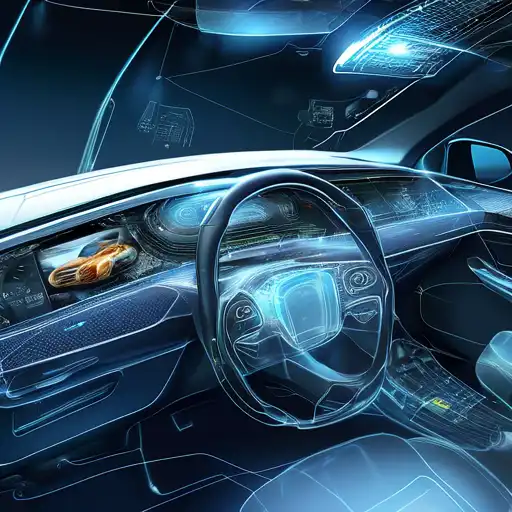Introduction to Embedded Systems in Automotive
Embedded systems have become the backbone of modern automotive engineering, driving innovations that enhance safety, efficiency, and user experience. These sophisticated systems integrate hardware and software to perform dedicated functions within vehicles, from engine control units to advanced driver-assistance systems (ADAS).
The Role of Embedded Systems in Automotive Safety
Safety is paramount in the automotive industry, and embedded systems play a critical role in achieving it. Technologies such as anti-lock braking systems (ABS), electronic stability control (ESC), and airbag control systems rely on embedded systems to function accurately in real-time, significantly reducing the risk of accidents.
Advanced Driver-Assistance Systems (ADAS)
ADAS technologies, powered by embedded systems, are revolutionizing vehicle safety. Features like adaptive cruise control, lane departure warnings, and automatic emergency braking are becoming standard, thanks to the precision and reliability of embedded systems.
Innovations Driven by Embedded Systems
Beyond safety, embedded systems are at the heart of automotive innovation. They enable the development of electric vehicles (EVs), connected cars, and autonomous driving technologies. These advancements are not only making vehicles more efficient but are also transforming the way we think about transportation.
Electric Vehicles (EVs) and Embedded Systems
Embedded systems are crucial for the operation of EVs, managing battery life, power distribution, and energy efficiency. They ensure that EVs meet the growing demand for sustainable and eco-friendly transportation options.
Connected Cars and the Future of Driving
The integration of embedded systems with IoT technology has given rise to connected cars, offering features like real-time traffic updates, remote diagnostics, and enhanced navigation systems. This connectivity is paving the way for fully autonomous vehicles.
Challenges and Opportunities
While embedded systems offer numerous benefits, they also present challenges, including cybersecurity risks and the need for continuous updates. However, these challenges also open up opportunities for innovation in secure and adaptive automotive technologies.
Conclusion
Embedded systems are transforming the automotive industry, making vehicles safer, more efficient, and more connected than ever before. As technology advances, we can expect these systems to play an even greater role in shaping the future of transportation.
For more insights into the latest automotive technologies, check out our Tech Trends section.
